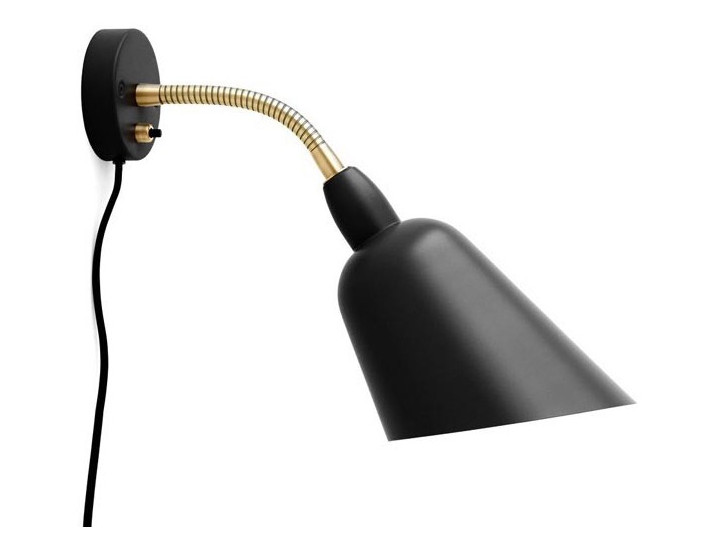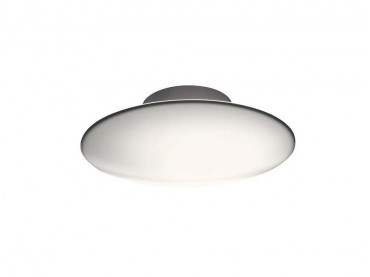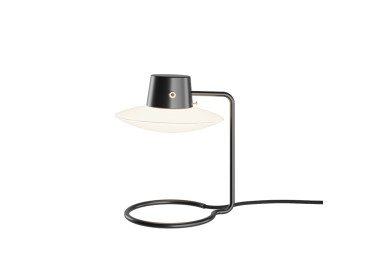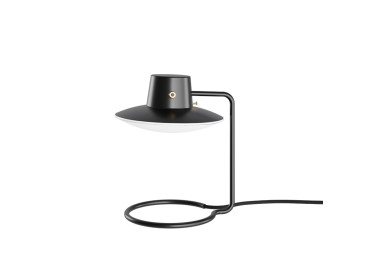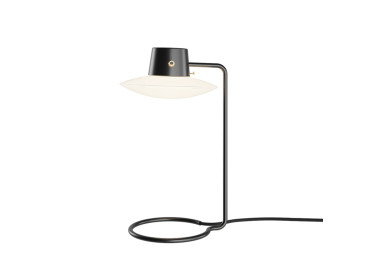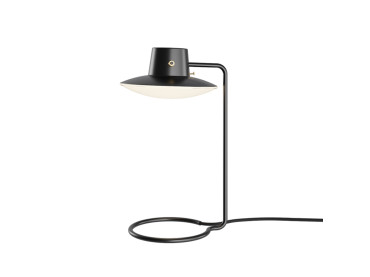Mid-Century modern scandinavian wall lamp Bellevue AJ9 . New edition
-
Arne Jacobsen
-
And Tradition
- AT019 2/3 weeks
Mid-Century modern scandinavian wall lamp Bellevue AJ9 . New edition . With the Bellevue Lamp, Danish architect and designer Arne Jacobsen embodies the minimalism of the Modernist Movement with the functionalism of Bauhaus. Viewed as the driving force behind Danish Modernism, Jacobsen’s preference for graceful lines and simple, organic forms are readily recognisable in the Bellevue lamp. The re-launch of this iconic lamp involves a return to the original Bellevue shape in four styles: the floor, wall, plug-in, and table lamp.
| Year | 1929 |
| Dimensions | Wall Mount: Ø: 8.5cm/3.3inLamp: Ø: 16.7cm/6.6in, H: 30cm/11.8in. Light source :E14 Max 40 Watt |
| Material | Satin polished and lacquered brass or satin polished and lacquered brass with lacquered aluminium and steel, cast iron base, 2 meter fabric. Switch on base. |
| Style | Classique Neuf |
| Origin | Denmark |
| Fournisseur | And Tradition |
Arne Jacobsen
Denmark (1902-1971)
Arne Jacobsen trained at the Technical School and continued his training at The Royal Danish Academy of Fine Arts’ School of Architecture, graduating in 1927. He was employed with the city architect in Copenhagen 1927-29 and then established his own design practice. 1956-65 he was a professor at The Royal Danish Academy of Fine Arts’ School of Architecture. Arne Jacobsen worked as an architect and designer.
During his education at the School of Architecture he was influenced by neo-classicism, but around 1930 he helped introduce functionalism in Denmark. Inspired by international functionalism, he in the following years designed the white housing estate Bellavista in Klampenborg (1934), the town halls inAarhus (1942) and Rødovre (1956), SAS Royal Hotel in Copenhagen (1960) and St. Catherine’s College in Oxford (1964). Jacobsen believed that each element of a house should be shaped by the architect. This is why most of his furniture was developed in connection with particular building projects. The three-legged stacking chair, the Ant, from 1952 (RP00619) was designed for the new small Danish dining kitchens and was simultaneously also used in canteens, the first time in the pharmaceutical factory Novo’s canteen. The Ant, a stacking chair in moulded veneer, was Denmark’s first actual industrially produced chair and soon had four-legged follow-ups such as the 7 and the Seagull (RP03214).
For SAS Royal Hotel he designed the organically shaped foam plastic chairs the Egg, the Swan (RP00128) and the Drop (RP01005), and for the teachers’ table in the dining room at St. Catherine’s College, the monumental Oxford chair (RP02993).
Arne Jacobsen is one of his generations’ great architects and the sculptural chair the Ant, the Egg and the Swan put him on the map as a world-class designer.

